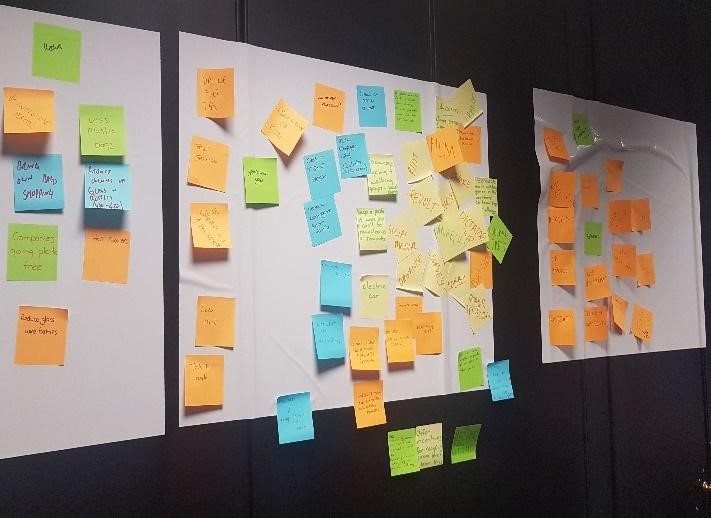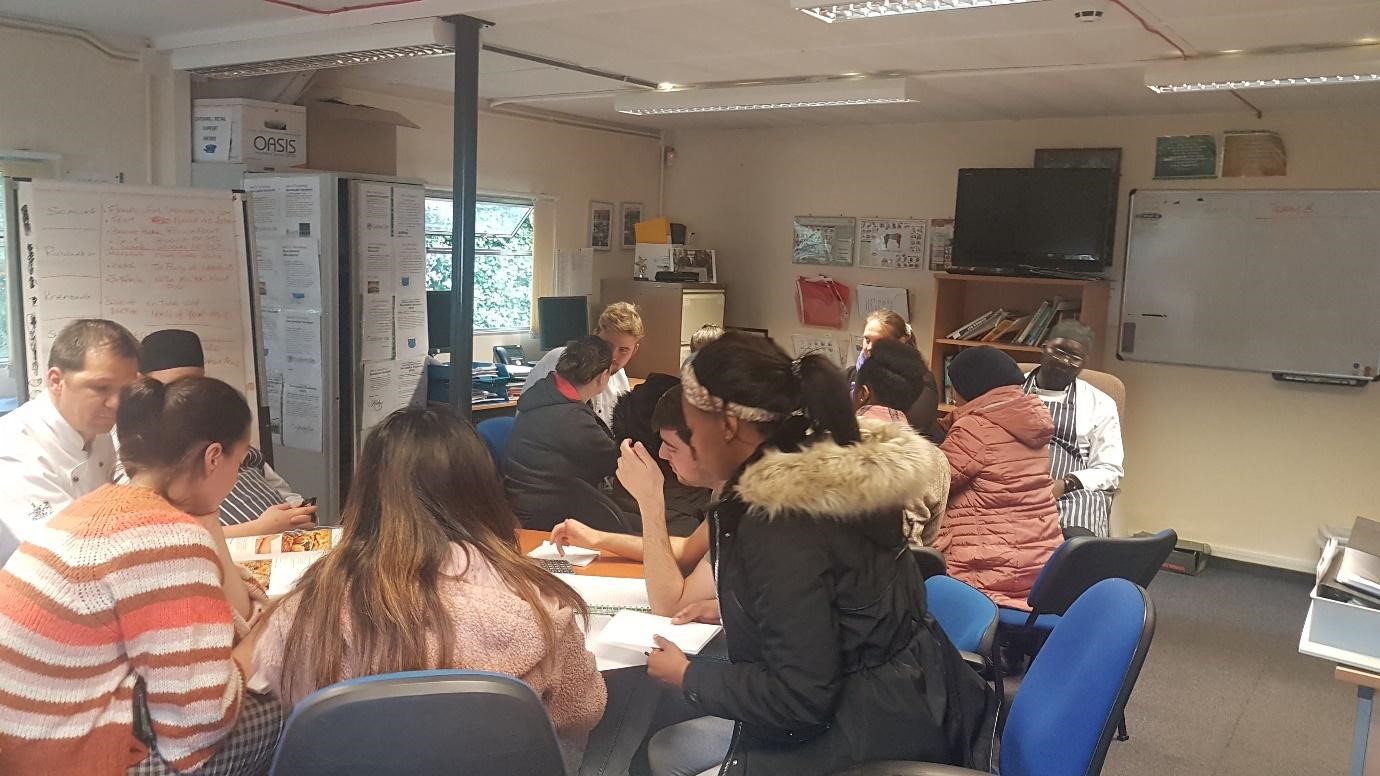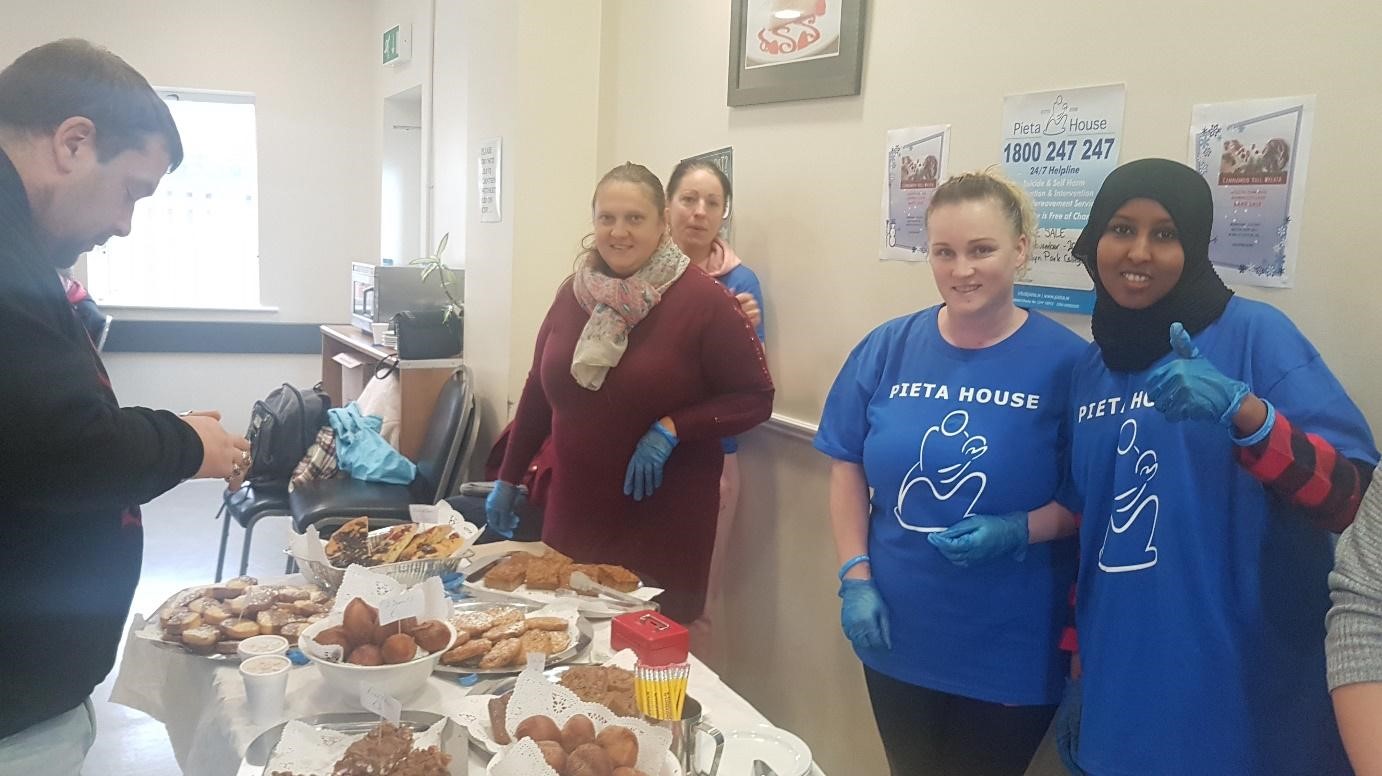On the road to the John Kelly Award - Universal Design for Learning
My Introduction
I have been very privileged to begin my further education teaching career in the disability sector. Although I have now moved on, the teaching experience that I gained there has taught me to always see past the learner’s disability and focus on the ability. If we view all students through the prism of a disability whether it be physical, emotional, psychological, or cognitive we can create an inclusive educational experience for all learners regardless of their background, ability, or disability. For years, the disability sector has been driving innovation and compelling companies to come up with accessible and innovate solutions to everyday obstacles. Having a disability does not impair a person, but it does make them navigate life in more creative ways.
Working within the area of disability has given me a passion for inclusive educational experiences for learners regardless of their age, background, ability, or disability. This was one of the reasons I decided to do an online course in Universal Design for Learning with AHEAD and UCD. Although I did not know a lot about UDL before I researched the course, the philosophy and framework of UDL really aligned with my values. UDL is a concept for maximum inclusion of all learners and one that I could genuinely incorporate into my teaching practice in the adult education sector. The course taught me that embedding UDL into the fabric of my teaching practice could minimise barriers and maximise learning. One of the most interesting parts of the course was the redesign teaching activity. The brief was simple, select a teaching activity, analyse how you currently deliver the activity, redesign, implement and deliver it using the principles of UDL.
Starting the Journey on Universal Design for Learning
The course that I chose to implement the principles of UDL into was Health Service Management L6 and the module that I chose was Disability Awareness. In the Disability Awareness module, the students had to design five learning activities and based on the activities they must then produce a 3,500-word essay. There were many reasons for choosing this module to implement the UDL framework. One of the main reasons was that this class was a very diverse group from differing backgrounds. For some of the students English was not their first language, others had a print disability or mild general learning disabilities whilst others had hidden disabilities such as mental health or anxiety issues. Producing a 3,500-word written document was going to be a challenging experience for many of the students. Essentially all the students had a keen interest in disability, and some wanted to pursue a career in the disability sector. I viewed this as not only a unique opportunity to embed the principles of UDL into the module but also to potentially create future advocates for the disability sector and change the narrative around disability in our society.

As an educator and a student, myself, the ‘why’ of learning really captivated me. I wanted to reflect on why students learn. What makes them walk out of your class after a 50-minute lecture and be interested enough to continue their own independent research, or maybe watch a YouTube video or a Ted Talk. What motivates them to become independent and motivated students.
Introducing UDL to the students
When I began the UDL course in September I explained to the students about the Universal Design philosophy and told them I wanted to integrate it into the disability awareness module. As a group, we looked at the UDL framework and the learning objectives of the disability awareness module. We began to see a common theme running through both which was inclusion, diversity, problem solving and accessibility. I asked the question ‘why are we learning about disability and what would they like to learn’? Over a couple of weeks, the feedback sessions from the students suggested that they wanted a better understanding of diversity, inclusion, and advocacy. To them, these were difficult concepts to understand and they wanted a better understanding and for them to be more than just words on a page. The students also wanted to eliminate society’s and indeed their own preconceived ideas of disability. Overall, the students wanted an authentic student experience working in the disability sector. Reflecting on the student feedback I realised that by optimising choice and autonomy a fantastic way of recruiting interest from the learners was offered. Adult learners need to be active participants in the training process for learning to occur.


Bringing in partners
To guarantee an authentic student experience and to increase creativity and out of the box thinking, I decided to collaborate with another college that worked with students with disabilities. With some guidance and a solid frame of context, the culinary students agreed to collaborate with us as they were just about to start a team working module. It was important from an educational standpoint that both sets of students would achieve their learning outcomes and at the same time get a good authentic student experience. Adults can face a lot of obstacles when learning something new, but by integrating the CAST framework we began to collaborate and design activities that were mutually beneficial from an educational perspective. CAST is an educational organisation that has developed UDL as a framework. It recognises that all learners are different and has created a guideline for instructional goals, methods, materials, and assessments that work for all students, creating a flexible approach to teaching and learning www.cast.org
Collaborative working

![]()
During the first collaboration meeting, the students introduced some ice breaker games and we were able to apply some of the principles of UDL. Through the application of the principles of collaboration and fostering a good community spirit, the students themselves came up with multiple means of engagement. They decided to meet on a weekly basis, design interactive collaborative workshops and cookery demonstrations which would culminate in a bake sale to raise money for charity. Generally, the students were very conscious that they wanted to be as inclusive as possible. They understood that everyone learns differently and wanted to appeal to multiple learning styles whilst applying them to appropriate components of the learning structure.
With the prospect of raising money for a charity that they all felt passionate about, the students very quickly became purposeful and motivated. Sustaining effort and persistence became acutely obvious from an early stage, as we had full attendance every week by all students. In fact, some students asked if they could do extra hours that were not being assessed. Students benefited by doing extra sessions which helped to bond them together as a group. Optimising relevance, value and authenticity happened quite naturally. It was an authentic experience for both sets of students, the culinary students were assessed on their team working skills and the supervisory management students were able to structure five different activities for their learner journal. They could also use the hours and cross modulate as part of their work experience module. The culinary students were assessed on their team working module, demonstrating their knowledge and skills in the kitchen whilst also meeting their learning outcomes weekly.

Re-designing Assessment
One area of concern I had throughout this whole process was the ‘how‘ of learning. How could the students translate their experience working within the disability sector into evidence for the purpose of their assessment? Being flexible to the learning needs of all students was very important. As part of the action and expression principle I created an online poll. I asked the students ‘would you prefer a different assessment method with regards to writing the journal/essay?’ When I collated the results, 73% of students polled said they would prefer an alternative assessment method to writing an essay. 73% of the students also stated that they would prefer to submit an activity journal with the use of a portfolio and images. This gave students ownership of their work. The students had spent 7 or 8 weeks taking pictures and videos so they had a lot of visual images to reflect on, but also showed the immediate application of their new skills. Allowing the students to incorporate images and videos placed less emphasis on the word count. When the students submitted their final assessment the majority of students had reached the word count without even realising it and with a lot less pressure.
The Impact of the changes
The impact of UDL on the students was enormous. The students felt that the experience was relevant and added value to the careers they wanted to pursue. By engaging in peer to peer feedback during sessions it enabled them to reflect on what they would put into their activity portfolios. At the beginning, both sets of students found it challenging as standing up in front of people and doing presentations, took them out of their comfort zone. However, they felt that through collaboration and forming a community it made it easier for them, and they could see the relevance and the reason behind both modules. They all agreed that challenge is essential for learning. The students became resourceful and knowledgeable. There was very little input from either of the tutors involved this was very much a student led approach. The supervisory students learnt new skills some of them had never baked a cake or a scone!! They also demonstrated to each other about scaling for recipes, budgets, rosters, and planning, as this was important for the bake sale. They taught each other new ways of learning through doing. They all became experiential learners.
A further principle of UDL is how to become strategic and goal driven. The eventual goal was for the students to complete an assignment. However, it became much more than that. The students managed to raise €350 for Pieta House, a suicide awareness charity that meant a lot them as a collective group. Incorporating UDL into the curriculum has shown me that UDL is more than offering information in different formats, it is about the student-centred approach, making material accessible and interesting. It is important to understand that technology can be a wonderful tool but if you can combine it with an authentic student experience this can be extremely powerful for both students and teachers, and in turn will keep students motivated and interested.
My reflections
I would just like to add a few contemplations for those practitioners who are curious about UDL and may consider future training in this area. Use creativity and your own intuition to apply the CAST framework to your teaching practice in new and effective ways. Do not let fear stand in the way of change and progression. When you incorporate change in the classroom, observe how well your ideas work and hone them through trial and error. No group is the same so what worked this year may not necessarily work next year for students with differing needs. Finally, get to know your students and always be aware of multiple learning modalities. We as educational practitioners should review our courses on a continual basis and adjust content to meet the changing needs of learners. Overall enjoy being innovative and creative with UDL your students will thank you for it in the long run.
References
CAST, Accessed 20 May 2020
